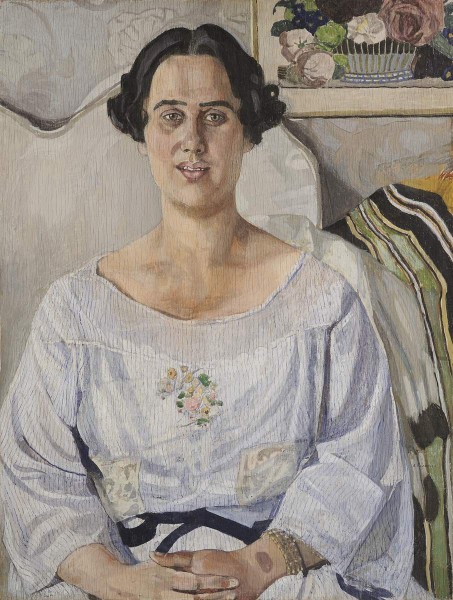The artist is Golovin

+ About the restoration of the work
– Hide the text about restoration
The state of safety before restoration:
As in most easel works, when creating a portrait of E.Kotomina a.Golovin used the same materials as for theatrical sketches and productions, without following the technology of classical easel painting. The portrait E was no exception.E.Kotomina, made in a mixed tempo, gouache and pastel, which the artist rubbed into raw paint to enhance the picturesque effect. As a basis, the author used a multi-layer plywood fixed on the subframe-planet. Plywood plywood began to crack along the fibers of the veneer, forming foci of stratification and numerous losses of a colorful layer and soil. The picture was in emergency condition: it could only be stored in a horizontal position.
Complex of the events:
During the restoration process, the soil and the colorful layer were strengthened, while it was decided to use non -containing adhesives. Powing out layer of pastel fixed. Freely lying fragments of a colorful layer returned to place and glued. Restoration soil imitating the texture of the author’s painting, as well as cracks repeating the cracks of plywood, is brought into the places of loss. For this operation, Lascaux Pastel Ground soil was used. Losses of painting are tinted with watercolor paints with minimal use of moisture and pastel pencils by Rembrandt to give uterine. After restoration, the exhibit is mounted in the frame for the “assigned” glass.
Keeping a story. Restoration workshop of the Russian Museum – 100 years. SPb, 2022. WITH. 168.